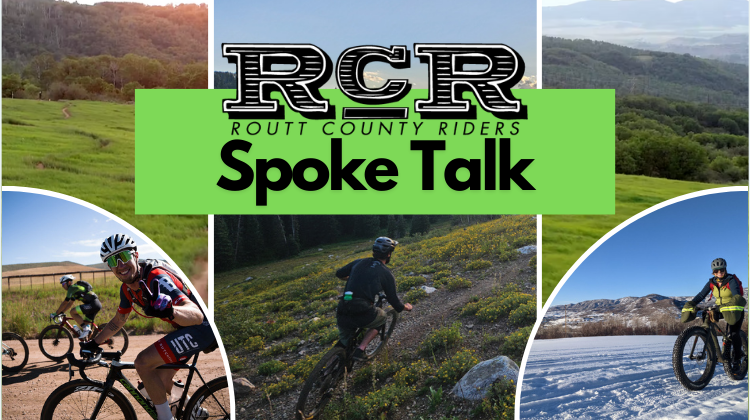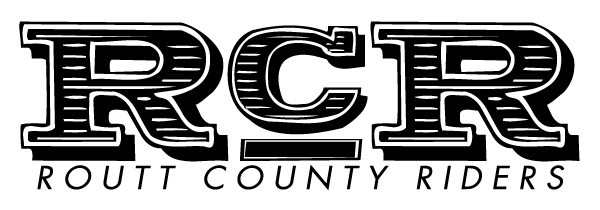
I’m watching those nighttime temperatures plummet, with more than a little sense of relief. Once the snow falls, the trails have been put to bed – they’ll marinate in ice and moisture over the winter, smoothing ruts, bedding down. The footfalls and tire tracks will fade and your Strava KOM will be forgotten.
This winter, however, trails will not truly go to sleep – we’ll be talking about them a lot as we await a final signature on the Adaptive Management Plan and Final Decision from the Forest Service. In the meantime, we’re also lobbying Steamboat Springs City Council to ensure that they follow their local constituents’ wishes by voting to allocate already-accrued 2A lodging taxes to the Mad Rabbit trails project as intended.
RCR sees the successful continuation of the Rabbit Ears phase as crucial to the overall success of this decade-long project. As trails on the list have gradually reached construction and completion, we have watched Steamboat change a great deal. We have moved beyond a place where we want (or need) to use a trail system to lure more tourists to the Yampa Valley as an economic driver. Moving into the next era of trail development, I want to highlight a few conversational missteps about trails and outdoor spaces that I hear come up frequently in local chatter.
“If you build it, they will come”
Often I hear people arguing against the creation of new trails because “there are already enough people in this town, and we don’t need to give anyone else a reason to come here”. This logic ignores the fact that promotional mechanisms far beyond trail networks are already in place (have you heard of IKON?) and that we’re only 3.5 hours away from Denver – I’m not sure who you’re keeping this place a secret from, but they’re probably already here. This is a rejection of the reality that there are outdoor experiences worth expanding and accessing around Steamboat, regardless of who is able to do so in the future, or if you “want” them here or not.
“It’s all yours”
Well, it IS yours……but it’s also mine, and his, and hers……you get the point. And it wasn’t always “ours” – those of us who are not descendants of the original native tribes inhabiting this region must acknowledge that our bloodlines have only been here for a maximum of about a century. Back to the slogan “it’s all yours” – propagated by the USFS and other close, respected partners – it has good intentions, but is problematic. This type of implied ownership skirts dangerously close to entitlement when we look at it through the lens of rugged individualism. So many people out on trails can get lost in their own lived experiences, good or bad, and project all of that onto their views regarding trail system development. “It’s all mine”, they tell themselves, “I get to decide what we do with it”. Here’s the thing – it’s not actually “all yours”. It’s the community’s, it belongs to a much larger sphere of outdoor recreationalists who pledge to enjoy, protect, and maintain it. An over-obsession on it being “yours” (as opposed to “the community’s at large, with complex needs and usage patterns”) needs to be let go.
“Tag responsibly, keep the west wild”
Gatekeeping – ever heard of it? Nothing smacks of (the “activity of controlling, and usually limiting, general access to something”) more than the social media tagline above. People come to this from a positive place – they don’t want to see their favorite places overrun with crowds and trash. But they’ll certainly bring their friends and family to share in the benefit of a truly wondrous place. This type of gatekeeping beyond our immediate sphere of influence is demonstrated far beyond social media when we operate under the assumption that a local outdoor experience somehow belongs solely to those of us who have busted our backs seeking it out. Additionally, there is a problematic belief that everyone else in the world should have to jump through similar arbitrary hoops in order to gain access to these spaces we treasure.
Overall, ask yourselves – what benefit did you reap from being outdoors in Steamboat this summer? Who worked to gain you access to those places, and who continues to work for your access? What would be different in your life if you did not have those public outdoor spaces nearby? And lastly – if you, like many of us, experience a positive mental and physical health benefit from spending time on trails, how are you supporting the expansion of access to trail-based recreation moving forward? Please start by joining RCR as a member!
See you out there this winter.
Laraine Martin -Executive Director, Routt County Riders


